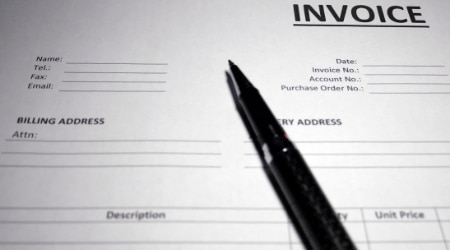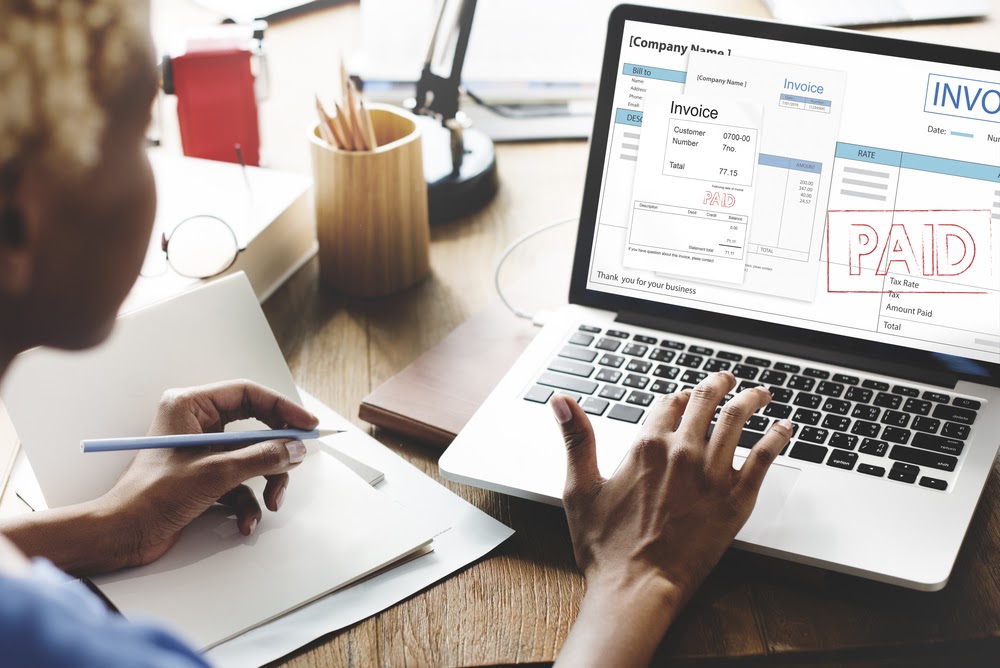The double-declining balance method
The double-declining balance method is typically used when the asset, like a vehicle, will depreciate faster in the early years of its life before slowing down.
There are three steps to calculate disposal value using this method:
1. Work out the asset's depreciation rate using the following formula
Depreciation rate = (1 / asset's useful life) x 2
2. Work out the asset's annual depreciation by multiplying the value of the asset at the beginning of a period, like the financial year, by the depreciation rate
Annual depreciation = asset value at the beginning of the period x depreciation rate
3. Subtract the annual depreciation amount from the asset's initial value, the result is the disposal value of the asset
Accumulated depreciation = asset value at the beginning of the period - annual depreciation
If this all seems a bit tricky, the good news is that QuickBooks’ accounting software makes it simple to calculate depreciation and record asset disposal in your books so you never have to worry about messy spreadsheets or paperwork.















